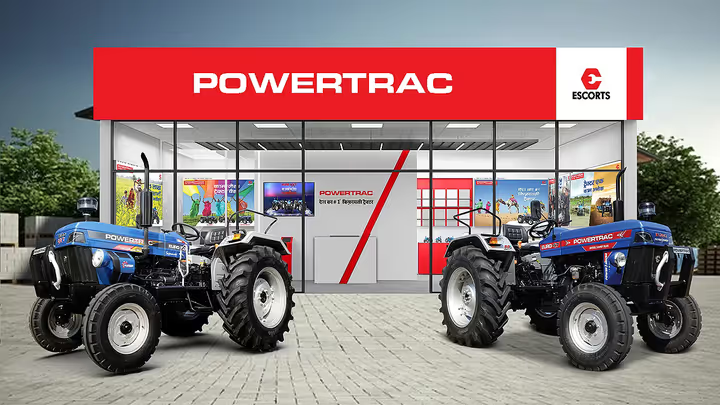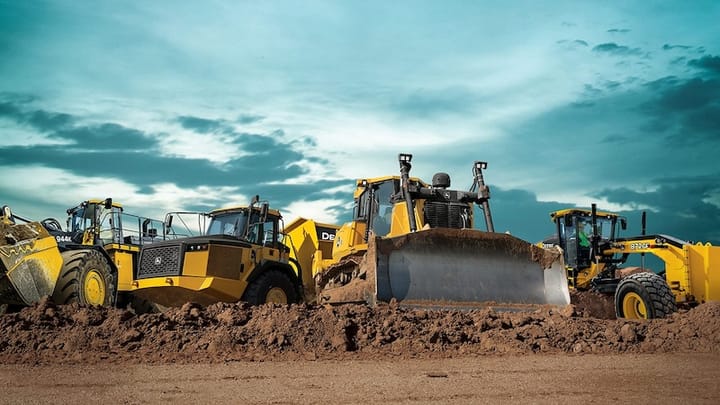5 Types of Earth-Moving Equipment and their uses
Get yourself educated about the different types of earth-moving materials and what they are used for in this blog post.
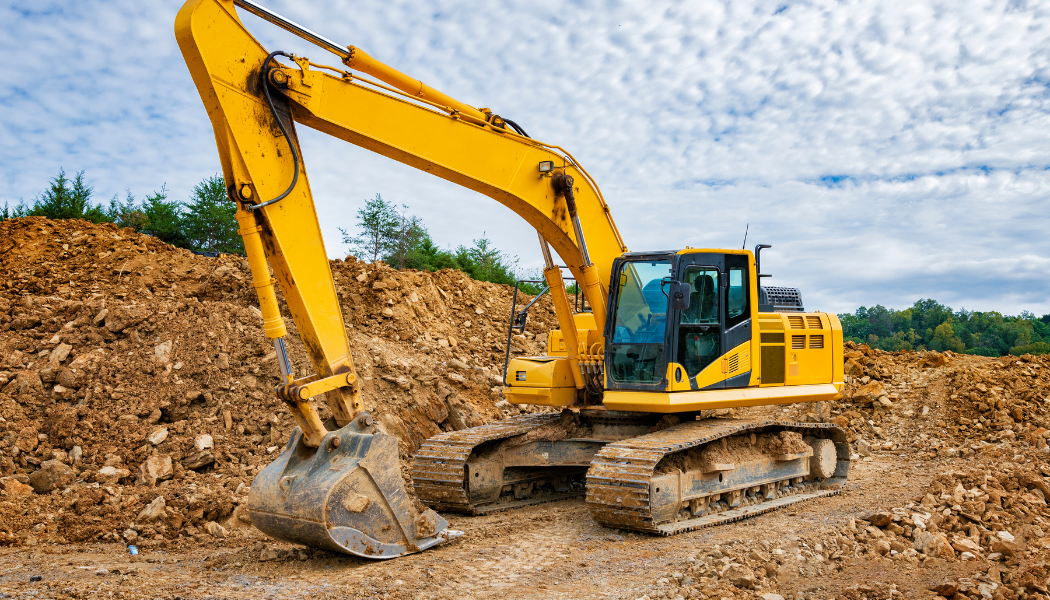
The vast world of construction uses a lot of equipment that needs to be used to excavate, demolish, and build complicated architecture. These heavy machines work in perfect harmony to achieve these tasks in a few weeks, where manual labor would take years to complete. You can choose from a vast list of this equipment, such as bulldozers, loaders, excavators, trucks, and trenchers. They are used for different purposes and are noisy beasts filled with purpose. Let's take a look at the different kinds of machines that are widely available to rent and how they are operated in construction.
The different kinds of earth-moving equipment:
If you are starting work on a project, you will need to rent different kinds of equipment to complete it quickly. Ancient constructions like pyramids were constructed by utilizing the strength and versatility of animals, like horses and elephants, to do the heavy lifting and pulling. Now, we have found a way to harness the power of these animals into machines. These machines are like part of one family; all of them have to be used together in sync and, of course, need an operator. They are not transformers, although it would be really cool if they were.
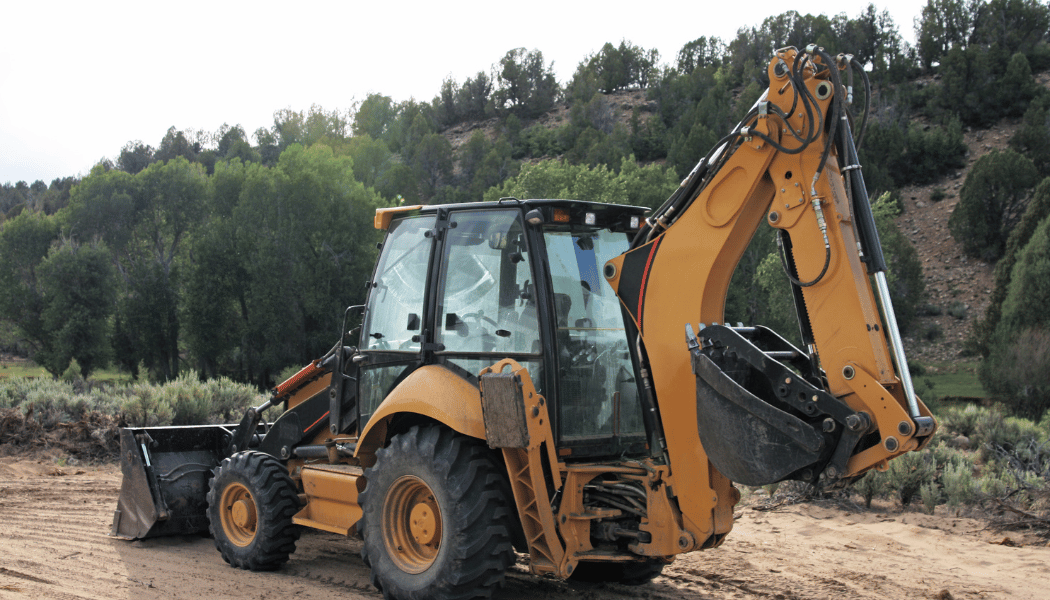
1) Backhoe Loaders:
We all must have seen these majestic machines at every construction site, or when they scare you while you're driving. We can all agree that we do not want to be driving anywhere near these vehicles. They are used primarily for excavation purposes, but they are also multi-purpose, with operating capabilities on both sides. The front end is equipped with a loader that is used to plow debris and carry it away from the site. It is also used to perform small demolition work, dig the ground, uproot trees, or lay asphalt for roads with its strong back arm. A large backhoe loader can dig almost 14 feet underground. It is a pretty convenient piece of equipment for laying building foundations, too.
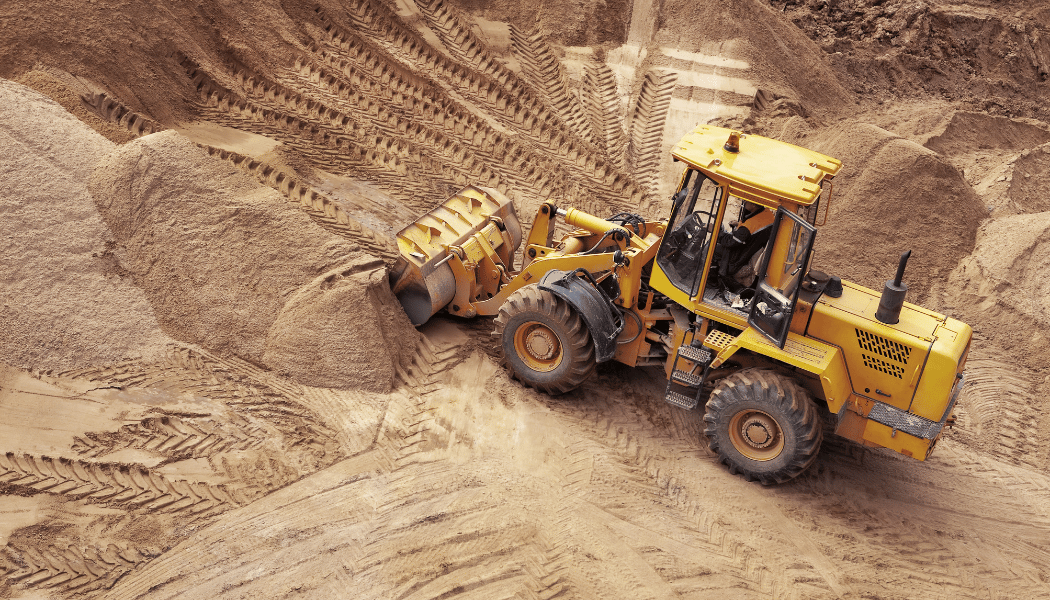
2) Bulldozers:
Pushing, pulling, digging, excavating, and leveling dirt and debris at a work site can all be achieved with the use of these heavily built bulldozers. They usually come with strong blades in the front to assist with pushing debris. They come in different forms, such as crawler, wheel, and mini. A crawler bulldozer, equipped with a track like in a military tank, is ideal for pushing uneven terrain through the site. The wheel bulldozers have wheels, as the name suggests, and are commonly seen working on large-scale leveling or demolition projects like leveling a playground or a stadium. Mini bulldozers are used for smaller, mostly residential projects.
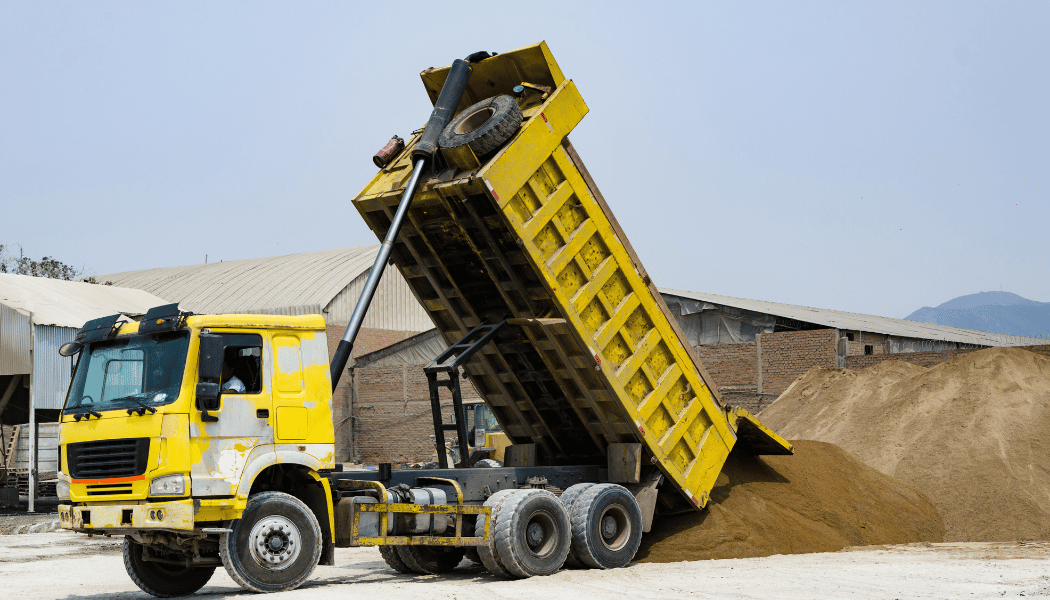
3) Dump Trucks:
The bulldozers and loaders help in clearing debris momentarily from the site. But it is the dump truck's job to carry this debris out of the site completely. They are crucial to ensuring construction materials keep coming in from outside. Most dump trucks have a hydraulic system in place for the back container to easily dump the material at its destination. All you will need to do is drive. They come in various sizes, and the biggest ones are used for mining purposes. You should look them up; you will not be disappointed.
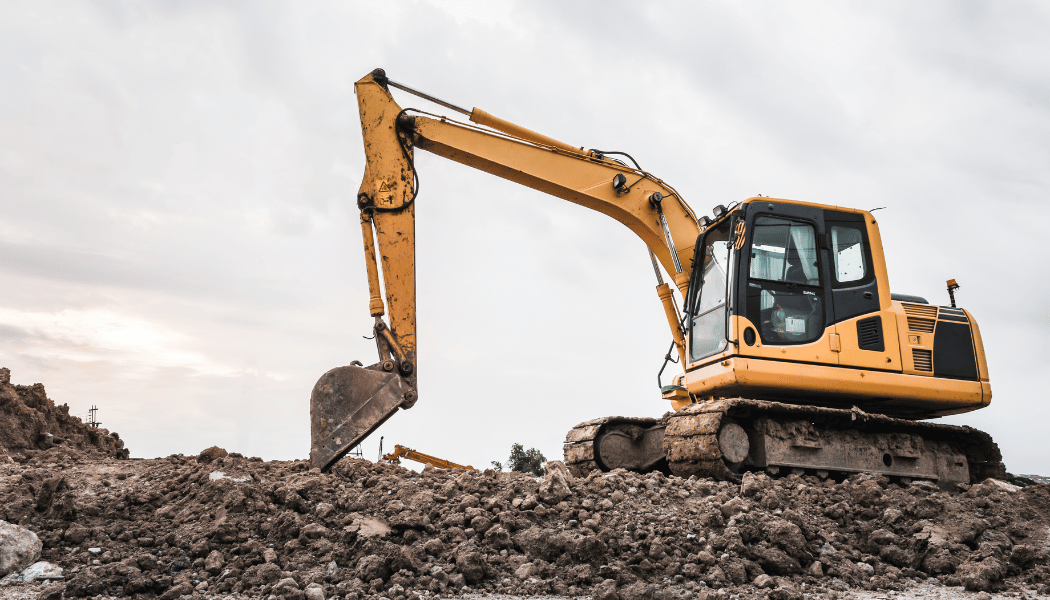
4) Excavators:
Excavators are must-have equipment while working on medium to large-scale digging or demolishing projects. They are usually very efficient at digging canals and grading landscapes. They provide stability and mobility in terrain that usually cannot be accessed by loaders or bulldozers. They can dig deeper than a backhoe loader could, given their extended hydraulic arm system. They are available in different sizes and types. Crawlers are most preferred in cases of operation in uneven hilly terrain, while wheel excavators work magic for smaller urban projects that require moving around on flat and even surfaces like concrete or roads.
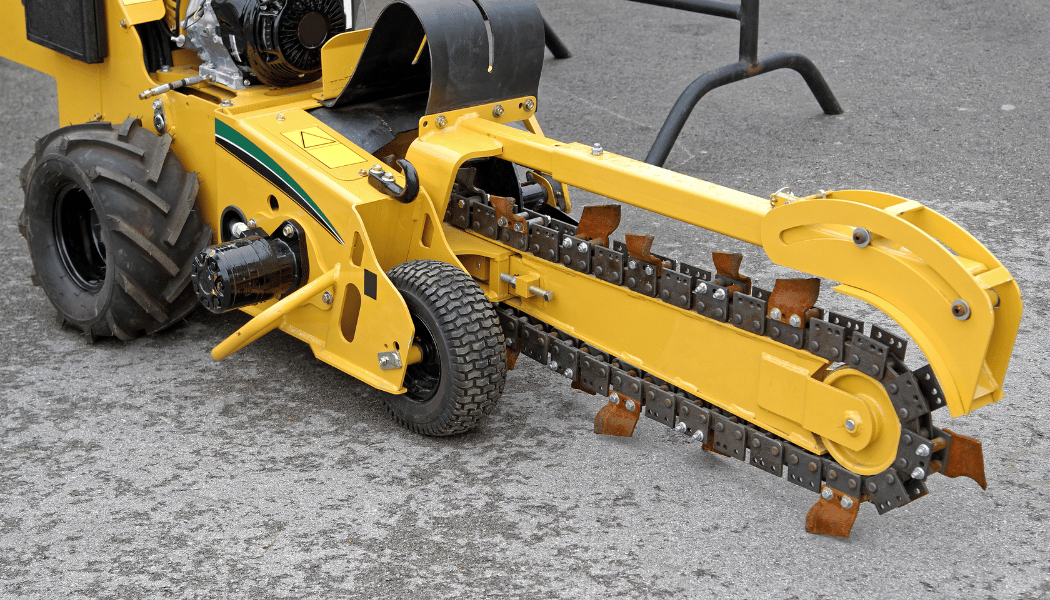
5) Trenchers:
If your job requires a lot of earth to be moved, you probably need a trencher. Unlike excavators, they do not dig holes in the ground; instead, they make mechanical motions with their powerful front fork to make trenches. Trenchers are usually seen being used to dig the earth to plant wires and piping, create pavements, construct drainage, and cut through stubborn tree roots underground. There are three major types of trenchers, classified according to size and how they move: chain trenchers, wheel trenchers, and micro trenchers, each used in projects with different complexity.
Conclusion
In the grand field of construction, earth-moving equipment takes the spotlight, performing a show of brute force, precision, and mobility. From the excavators to the bulldozers, each machine plays a crucial role in building and demolishing the world around us. So, the next time you pass by a construction site, tip your hat to these mechanical maestros—the unsung heroes beneath the hard hats and high-visibility vests—making the earth move one scoop, push, and pound at a time.

